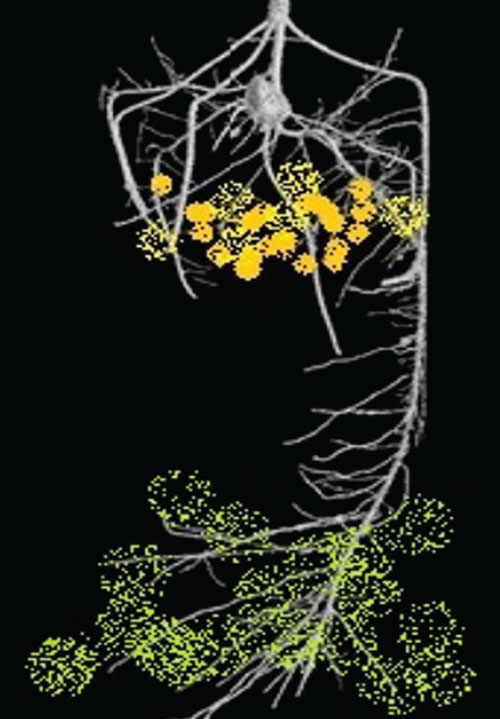To understand where we’ve been in the past, we need to focus on what’s ahead in the future.
I first got involved with strip-till in 1987 when I was working with the Colorado Conservation Tillage Association. We were trying to help farmers get more bang for their buck. Back in 1987, we were trying to grow dryland corn at 25 bushels per acre. Now, farmers in Colorado are growing 110 bushels per acre with strip-till practices.
As a soil scientist, I really started as a 5-year-old digging underneath the ash trees on our farm, looking to see what was going on underneath the soil. When I completed the work I did for Bayer Crop Sciences in 2022, I finished 1,820 soil pits in my life. I think I have a pretty good idea of what goes on underneath the ground.
The science behind fertility placement has improved tremendously over the years. Broadcast fertilizer should be a thing of the past. We should put the fertilizer in the ground where the plant’s going to find it. The plant doesn’t have eyes, hands or a nose. It has to run to the fertilizer. If you put fertility right in front of the plant, it will find it, and you’ll succeed and profit from it.
Back in 1987, we didn’t know much about feeding the plant according to its crop physiology. We assumed it just grew and did its job. We started learning about the importance of understanding how the plant grows when determining fertilizer placement.

BORN TO RUN. Placing nutrients as shown enables the root to run into the products, says Mike Petersen. The green dots represent nutrients applied with strip-till 6-10 inches deep, where the roots grow 25-40 days after emergence. Yellow dots represent nutrients applied with the planter. Photo: Mike Petersen
Did you know corn has two different root systems involved in its early growth? Fertilizer placement makes a difference in the first 45 days of growth. For example, if you’re using boron, you need to apply it during the first 45 days of life. Manganese needs to be applied in the first 15 days. If you don’t apply it in the first 15 days, you’re out of luck. Knowing what goes on in those first 45 days is really important. It makes a difference in how we feed the plant and using a strip-till system helps make it happen.
We’ve also learned a lot about carbon and sugar. What does sugar do to your kid at 9 p.m.? Boing, boing, boing, boing. You want to be in bed, but the kid’s bouncing around until they finally slow down at 10:30. The same thing happens to the corn plant. If you want to feed it, feed it something that has duration to it, like other products that are carbon based.
With multi-pass tillage systems, we bashed and mashed, at war with the soil profile. I remember my grandfather told me, “Son, when you hoe weeds, you don’t mash the soil, you cut the root of the weed. Don’t beat it up.” That’s stuck with me over the past 60 years.
“Broadcast fertilizer should be a thing of the past…”
Whoever said the old days were always good? Remember bucking bales from 6 in the morning until 7 at night when the humidity level was 80%? Those aren’t the good old days. Price of inputs, commodity prices, land values, equipment improvements, government programs — all these things are helping drive strip-till forward.
We all want to do a better job of growing corn. We’re not necessarily trying to be yield champions David Hula or Randy Dowdy, although those gentlemen do a great job. If you can grow profitable corn at 250 bushels per acre, then go for it, but use strip-till.






